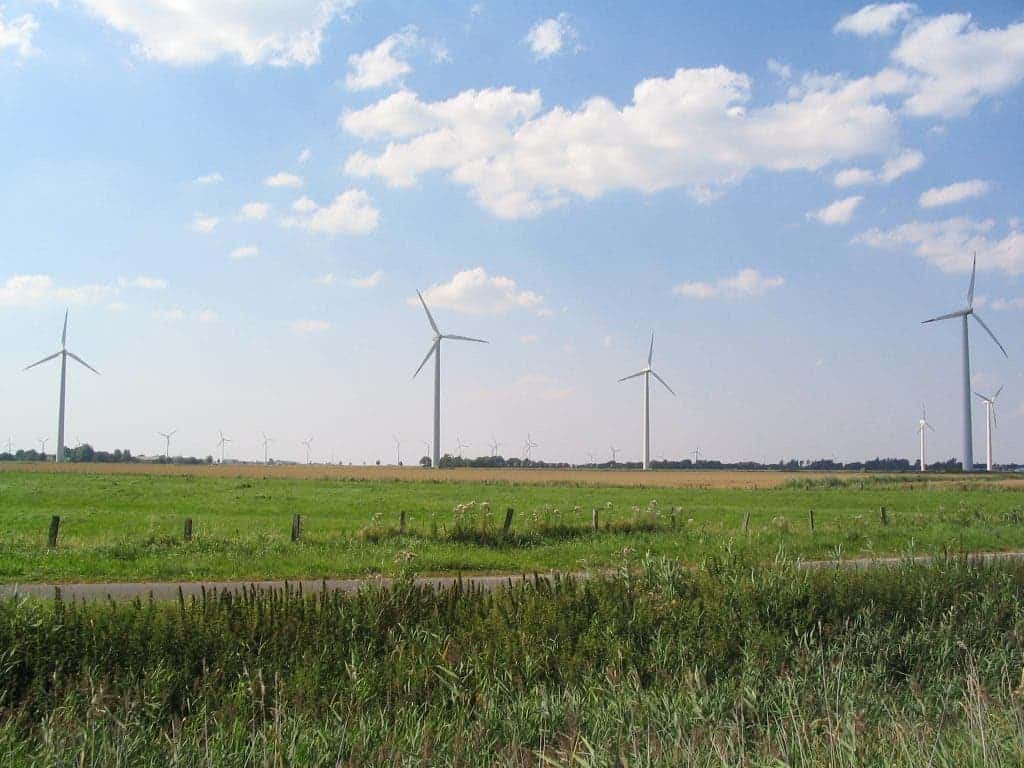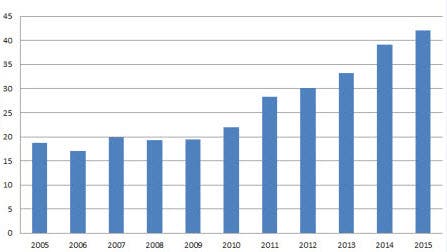Denmark’s wind turbines set a spectacular world record as they alone generated over 42 percent of domestic electricity use in 2015 – the most ever done by any country.

Denmark announced that it wants to completely phase out coal completely by 2025, and they’re taking solid steps towards that goal. The country showed that the few days when wind produced over 100% of the energy needs were no accident. Official figures from Energinet.dk showed that wind power produced 42.1 percent of all electricity used in Denmark last year.
Carsten Vittrup, a consultant for Energinet said that there were many hours in which the national electricity system produced even more than the country needed.
“It’s not unusual to have hours in which the wind production is greater than consumption. But that we are now up to a full 16 percent of the time in the western part of the energy grid illustrates that the increasingly fluctuating electricity production means that we increase benefit from importing and exporting over our borders,” Vittrup said.
The excess production is sold to Norway, Sweden and Germany, while Denmark in turn imports water power from Norway, solar energy from Germany and electricity from Swedish power plants “when the price is right,” Vittrup said.

Wind energy has grown dramatically in the past years in Denmark, almost doubling its capacity from 2009. Wind power share of power consumption over the past was:
- 2015 42,1%
- 2014: 39.1%
- 2013: 32.7%
- 2012: 30.0%
- 2011: 28.3%
- 2010: 22.0%
- 2009: 19.4%
Authorities expect wind power to produce more than half of the country’s energy by 2020. After COP21 in Paris, the world’s nations formally agreed to take significant steps to halt global warming as much as possible by limiting their emissions. While that agreement is hugely important, it’s concrete steps like this one that will ultimately make the difference.






